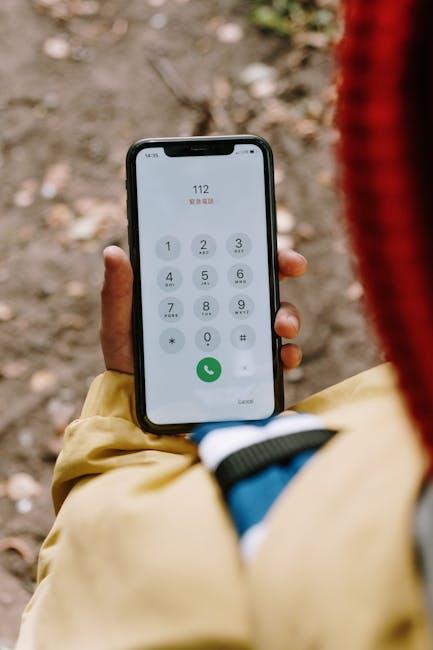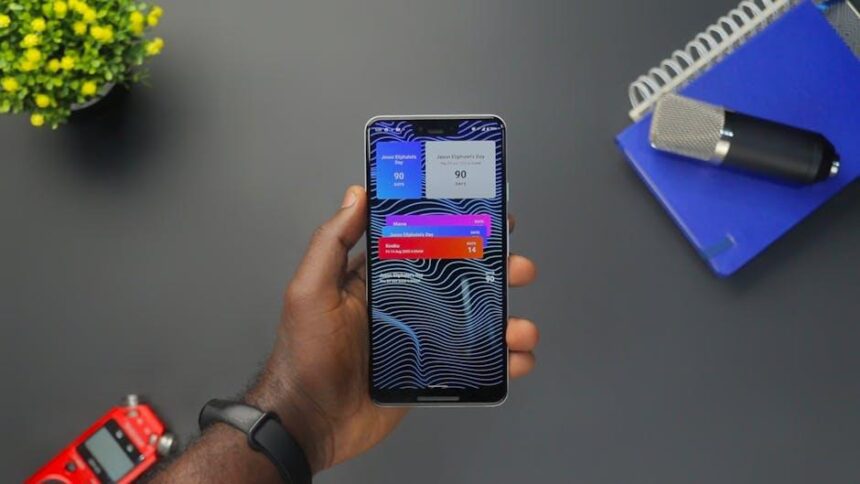In the not-so-distant past, the humble Short Message Service (SMS) reigned supreme as the primary way people connected through their phones. A simple text, limited to 160 characters, held the power to bridge distances and spark conversations. Yet, as technology evolved and digital communication blossomed, a new generation of chat applications emerged, reshaping the way we interact. From multimedia sharing to real-time group chats, these platforms have gradually edged out traditional texting, signaling a shift in our messaging landscape. This article explores the decline of SMS and the rise of chat apps, tracing the journey from simple text bubbles to rich, interactive conversations.
The Changing Landscape of Mobile Communication

Once the cornerstone of mobile dialogue, SMS messaging has experienced a sharp decline as users increasingly gravitate toward more versatile communication platforms. Unlike the traditional character-limited SMS, today’s chat apps offer rich multimedia capabilities, real-time group conversations, and seamless integration with other digital services. This shift has been fueled by the demand for more engaging and expressive ways to connect, enabling users to share images, videos, voice notes, and even interactive stickers instantly.
Several factors contribute to this evolving trend:
- Cost efficiency: Many chat apps operate over Wi-Fi or data networks, reducing or eliminating texting fees.
- Global reach: Users can connect internationally without worrying about carrier restrictions or charges.
- Enhanced features: From end-to-end encryption to customizable chatbots, innovations keep users engaged.
| Feature | SMS | Chat Apps |
|---|---|---|
| Message Length | 160 characters | Unlimited |
| Multimedia Support | No | Yes |
| Cost | Per message fee | Mostly free |
| Encryption | Rare | Widely available |
Understanding User Preferences and Behavior Shifts

Over the past decade, there has been a noticeable pivot in how users communicate digitally. The simplicity and universality of SMS once reigned supreme, but as technology and user expectations evolved, so did their preferences. Today’s audience craves more than just plain text; they seek rich, interactive experiences that extend beyond basic messaging. Features such as multimedia sharing, instant voice notes, group chats, and seamless integration with other apps have redefined how people engage. This has led to a surge in popularity of chat applications like WhatsApp, Telegram, and Signal, which offer personalized and dynamic communication options aligned with modern user behavior.
Several key factors underscore this transformation:
- Real-time interaction: Instant message delivery with read receipts and typing indicators satisfies users’ desire for immediacy and connection.
- Enhanced privacy: End-to-end encryption offers security that traditional SMS networks cannot guarantee.
- Customization and expression: Emojis, GIFs, stickers, and multimedia enable richer emotional expression.
- Cross-platform availability: Most chat apps work across devices, enabling uninterrupted conversations whether on mobile, tablet, or desktop.
| Feature | SMS | Chat Apps |
|---|---|---|
| Media Sharing | Limited | Extensive |
| Encryption | None | End-to-end |
| Group Chats | Basic | Advanced |
| Cross-Device Sync | No | Yes |
Impact on Telecom Providers and Business Strategies

Telecom providers are being pushed to rethink their core business models as the traditional SMS market continues its steep decline. With chat apps offering rich, interactive, and often free communication options, carriers face intense pressure to innovate beyond standard messaging fees. Many are now investing in over-the-top (OTT) partnerships and integrating value-added services such as end-to-end encryption, video calling, and AI-powered chatbots to stay relevant. This shift demands a realignment of revenue streams, focusing more on data plans and customizable communication solutions that cater to evolving consumer preferences.
From a strategic standpoint, businesses must carefully navigate the shift in consumer behavior by adopting multi-channel communication frameworks. Incorporating chat apps into customer service, marketing campaigns, and internal collaboration tools presents a unique opportunity to enhance engagement and efficiency. Key strategies include:
- Leveraging chat apps for personalized marketing that taps into rich user data
- Deploying real-time customer support through AI-driven chatbots
- Ensuring seamless omni-channel experiences that blend voice, messaging, and app-based interactions
| Strategy | Focus | Expected Benefit |
|---|---|---|
| OTT Partnerships | Tech integration | New revenue streams |
| AI Chatbots | Customer support | Improved response times |
| Personalized Marketing | User engagement | Higher conversion rates |
Adapting to the Future with Innovative Messaging Solutions

As messaging preferences evolve, businesses and individuals alike are moving away from traditional SMS in favor of more dynamic and interactive chat apps. These platforms offer enriched communication experiences, including multimedia sharing, real-time typing indicators, and chatbots designed to automate customer service. The rise of chat apps like WhatsApp, Telegram, and Signal highlights a shift towards more personalized and versatile communication methods that can create stronger engagement and foster deeper connections.
To thrive in this changing landscape, organizations must embrace technologies that provide seamless integration across multiple channels while ensuring privacy and security. Some key advantages driving the transition include:
- Encryption and data protection that build user trust.
- Interactive features such as group chats, video calls, and stickers.
- Automation capabilities using AI-powered chatbots for instant responses.
| Feature | SMS | Chat Apps |
|---|---|---|
| Multimedia Sharing | No | Yes |
| End-to-End Encryption | No | Yes |
| Automated Responses | Limited | Advanced |
| Real-time Typing Indicators | No | Yes |
Final Thoughts
As the digital conversation continues to evolve, the humble SMS finds itself quietly stepping back from the spotlight it once commanded. Meanwhile, chat apps surge forward, weaving richer tapestries of connection through multimedia, group chats, and real-time interactions. Though SMS may never fully vanish-still a reliable staple for many-the rise of chat apps signals a new era of communication, one defined by immediacy, versatility, and a touch of creativity. In this shifting landscape, how we choose to reach out and be heard is rewriting the story of modern dialogue.











